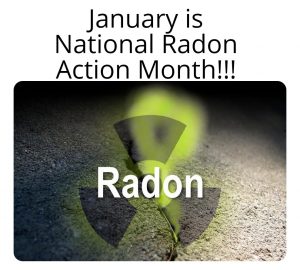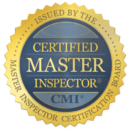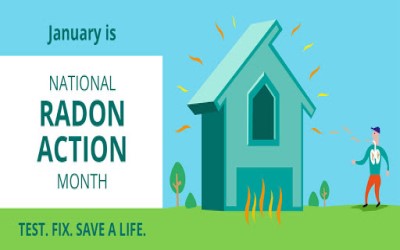
What is radon gas? Radon is a colorless, odorless, tasteless radioactive gas that’s formed during the natural breakdown of uranium in soil, rocks, and water. Radon exits the ground and can seep into your home through cracks and holes in the foundation, as well as contaminate well water. Radon is the second leading cause of lung cancer. Some studies show that children may be more sensitive to radon gas. This may be due to their higher respiration rate and their rapidly dividing cells, which may be more vulnerable to radiation damage. Testing would be the only way to find out your home’s radon level. The EPA and the Surgeon General recommend testing all homes below the third floor for radon. If you find that you have high radon levels, there are ways to fix a radon problem. Even very high levels can be reduced to acceptable levels. You cannot predict radon levels based on state, local, or neighborhood radon measurements. Do not rely on radon test results taken in other homes in the neighborhood to estimate the radon levels in your home. Homes that are next to each other can have different radon levels. In some areas, companies may offer different types of radon service agreements. Some agreements let you pay a one-time fee that covers both testing and radon mitigation if needed. To have your home tested for RADON levels. Click here






